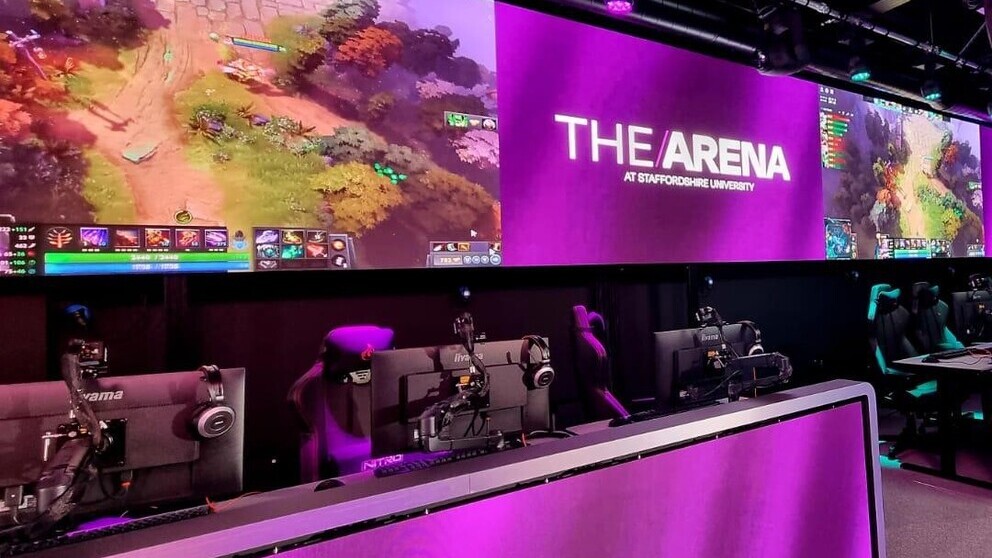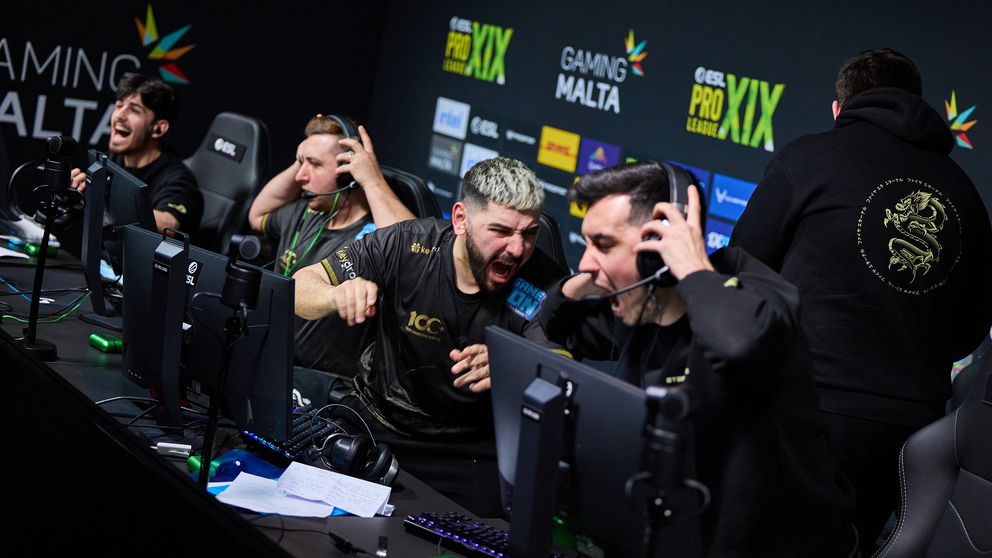Now available on-demand, IBC365’s latest webinar explores the most recent collision between gaming and television, and how advances in CTV, streaming and VR pave the way for new forms of media consumption.
You are not signed in.
Only registered users can view this article.
Esports on the rise despite Olympic debut delay
Esports is on a roll. The global esports market passed the $2bn mark last year and is expected to be worth nearly $11bn by 2032. Tournament prize money is rising and audiences on channels like Twitch are expected to top 640 million worldwide in 2025. IBC365 takes a closer look at the events shaking up the esports landscape.

Content Credentials: Initiative breaks through but can it achieve industrial scale?
The C2PA-created open standard has reached a significant level of support and adoption, but there remains work to do before it fully delivers. Adrian Pennington reports.
ProAV: Broadcast convergence will help fuel the next five years of growth
Forecasts from AVIXA offer strong growth predictions for the proAV industry until the end of the decade. David Davies finds out what’s driving the expansion, and what it tells about the ongoing convergence between broadcast and AV.

Balancing act: Insight from UK's leading women-powered M&E businesses
Nexus Studios, Hartswood Films and Filmsat59 are three UK businesses representing media and TV in JP Morgan’s Top 200 Women-Powered Businesses report. IBC365 speaks to this elite group of leaders and finds one key issue holding more women back.

MWC2025: EU must stand alone in network-AI war
Europe’s governments and regulators were hammered by their own telcos and Washington representatives for being anti-competitive as innovation struggled to be heard above the noise.




